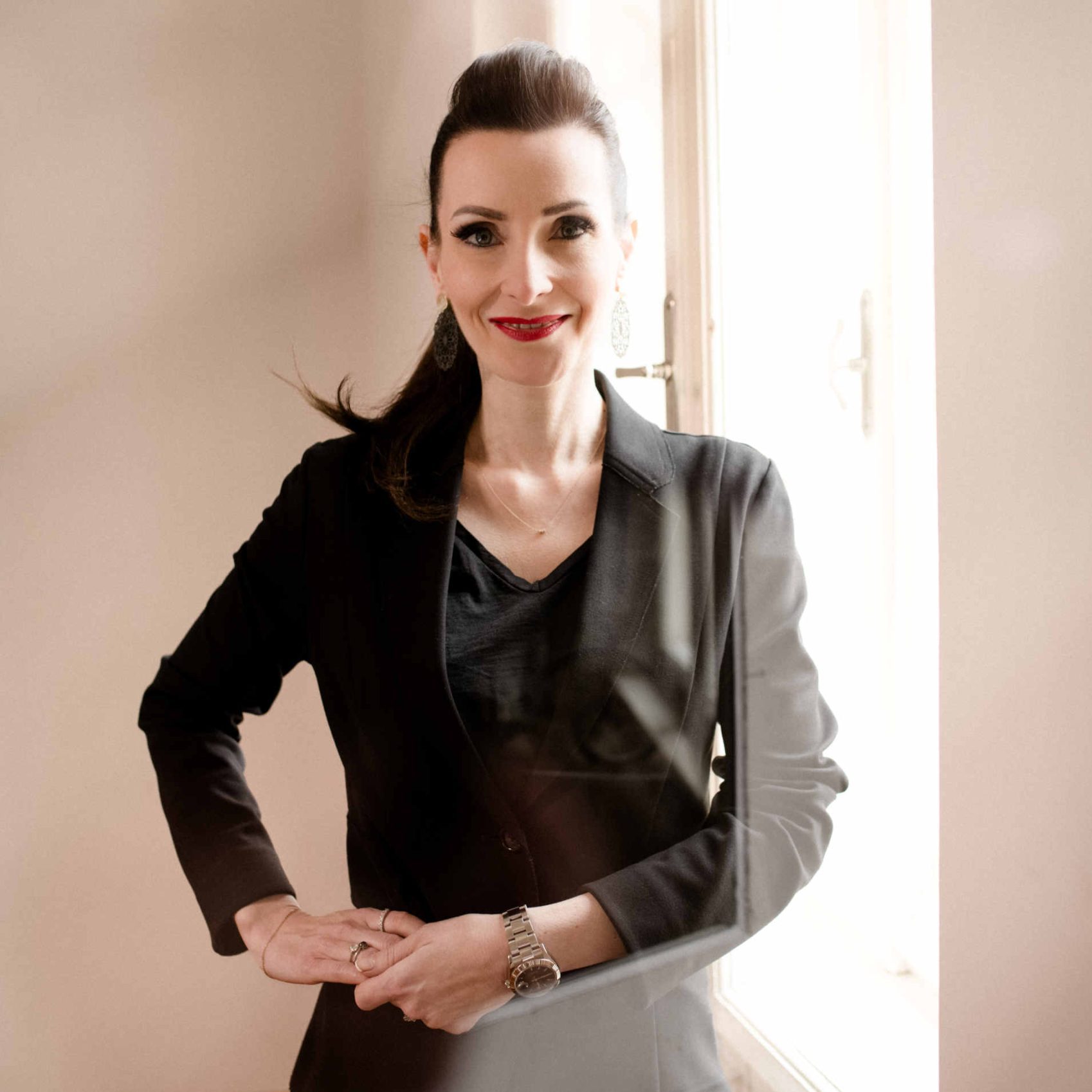
Finely woven, locally produced, and stylishly presented: table linen from Austria is experiencing a revival. Why regional textiles are taking on new significance for the restaurant and hotel industries and connoisseurs, and how tradition, sustainability, and design are merging to make a strong statement.
At a time when authenticity, regionality, and sustainability have become the currency of upscale hospitality, an often underestimated element is coming back into focus: table linen. What used to be purely functional is now becoming a stylistic extension of the host’s DNA. And it is local companies that are inspiring the industry anew with their spirit of innovation and tradition.
Whether in a fine dining restaurant, a boutique hotel, or at a private culinary dinner, table linens become tactile ambassadors. They signal quality, care, and individuality. This is precisely where Austrian manufacturers such as Übelhör, Palla Vienna, and Candola come in—with products that not only look beautiful but are also thoughtfully produced.
In Höchst in the Vorarlberg Rhine Valley, Übelhör has been weaving quality for decades. The Jacquard technique introduced in 2012 enables designs that are tailored to the needs of the catering industry: robust, easy to care for, and with a long service life. Particularly popular are floral patterns such as “Pusteblume” (dandelion) or classic Alpine motifs such as “Edelweiß” (edelweiss). GOTS-certified materials and local production also make the fabrics attractive for sustainability-oriented businesses.
Candola not only brings table textiles to the world, but also textile accessories such as cloth napkins, placemats, and decorative table runners – CO2-neutral, flexible in fulfilling customer requirements, and with a commitment to quality. As a manufacturer based in Austria, Candola is also a partner that combines short distances, individual support, and absolute professionalism.
Designer Alexandra Palla transforms the classic kitchen textile pattern—the check—into a fashion statement. Together with the traditional weaving mill Vieböck in Upper Austria, she creates not only home textiles, but also a piece of narrative identity. The fabrics: soft, pre-washed, made from European flax. The designs: playful, timeless, and full of history. A must, especially for boutique hotels with high design standards.
Current developments show that textiles are no longer accessories, but an integral part of storytelling. Materials with character, recognizable patterns, sustainable origins, and a feel to fall in love with – that's what modern guests expect. And those who manage to combine table culture with attitude not only score points with guests, but also on social media and in PR.
Table linen is more than just a tablecloth. It is an expression of attitude, style, and hospitality. Those who rely on local producers benefit from short supply chains, personal advice, and a product that is not only aesthetically pleasing but also ethical.

Sometimes it’s not the loudest that leaves an impression—but the most authentic. Whether it’s an iconic table or sculptural porcelain, these are products with character and attitude—and inspiration for spaces that can do more than just look beautiful.
An artfully set table tells more than the menu. For Björn Kroner, the table is not just a place to eat, but the center of life. With his new book Blumen, Glanz und Tafelfreuden (Flowers, Splendor, and Table Delights), he calls for a rethinking of table settings—as a stage for stories, design, and emotions. What the hotel and restaurant industry can learn from this.


Finely woven, locally produced, and stylishly presented: table linen from Austria is experiencing a revival. Why regional textiles are taking on new significance for the restaurant and hotel industries and connoisseurs, and how tradition, sustainability, and design are merging to make a strong statement.
At a time when authenticity, regionality, and sustainability have become the currency of upscale hospitality, an often underestimated element is coming back into focus: table linen. What used to be purely functional is now becoming a stylistic extension of the host’s DNA. And it is local companies that are inspiring the industry anew with their spirit of innovation and tradition.